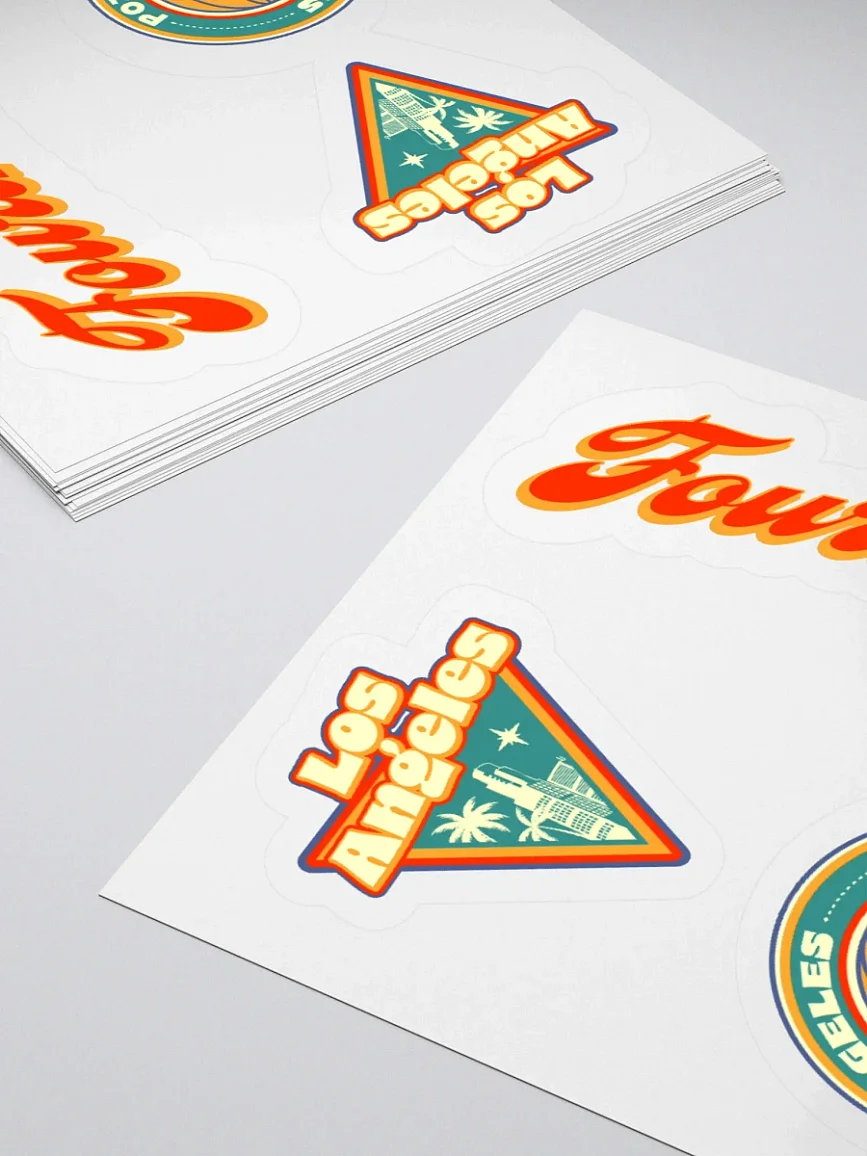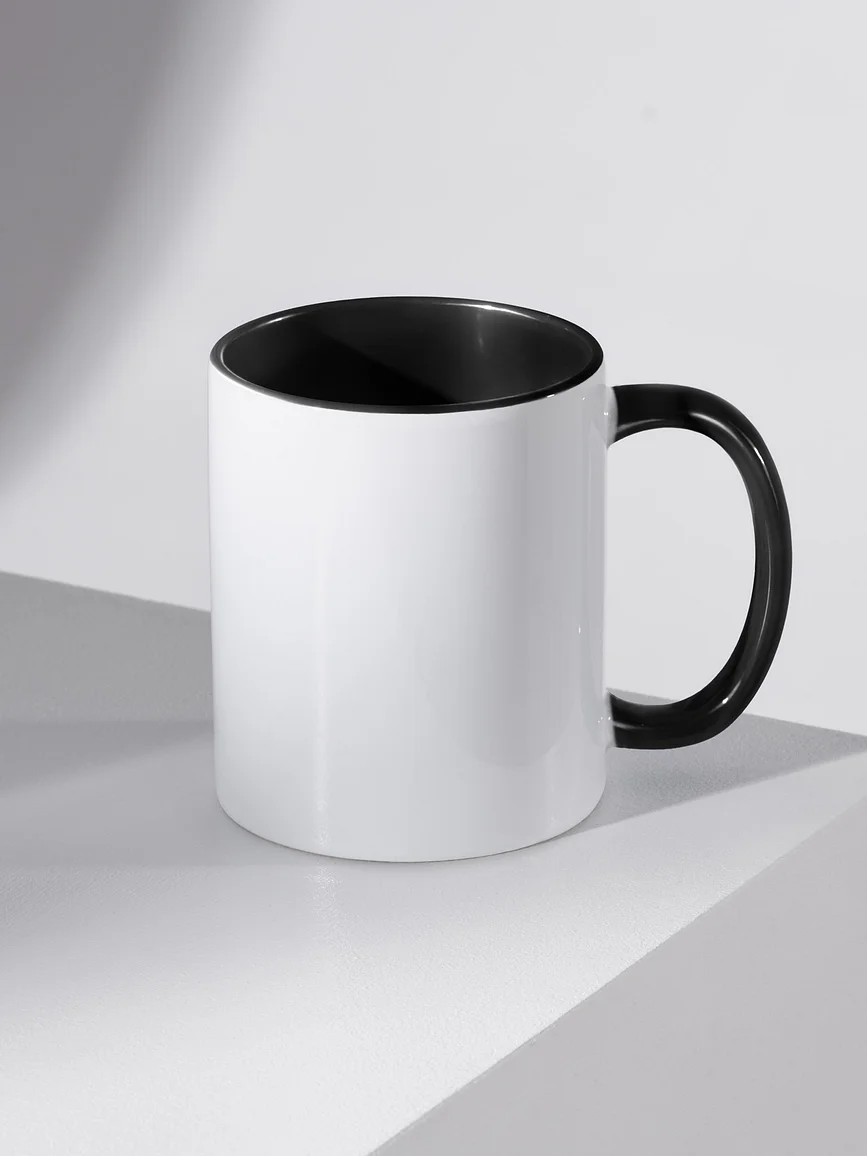Promote Your Music and Make Money on Spotify

The music industry has undergone a transformative shift with the rise of music streaming platforms, which offer new opportunities for artists to reach global audiences and millions of listeners. Whether you're an established musician, experienced songwriter, or aspiring music artist, navigating music streaming platforms effectively is crucial for maximizing your revenue and establishing a sustainable career so you can focus on what matters most: the music!
We're going to dig into one of the best known music streaming platforms: Spotify. Here's how you can make money on Spotify, complete with insights into how the streaming music industry works, including the mechanics of streaming royalties; tips for playlists, promotion, and distribution; and strategies for diversifying your income streams so you can get out there, share your music, earn money, and get paid!
How Do Artists Make Money on Spotify?
Perhaps the biggest question that springs to mind is “how does Spotify pay artists?” The way Spotify works is that it operates on a model where it pays rights holders for the music Spotify streams on its platform. However, artists and songwriters do not receive direct payments from Spotify. Instead, these payments are made to the entities that hold the rights to the music, such as record labels, music distributors, aggregators, or collecting societies (you, as the artist, choose which of these you want to work with.) Those entities then pay you.
While Spotify has different agreements with each rights holder, in general, Spotify claims to pay out around 2/3rds of every dollar they make from music, both from listeners paying for Spotify Premium subscriptions, and from advertisers on Spotify's free tier. The revenue that you end up getting after Spotify pays out depends on your agreement with the song's rights holders (which Spotify does not control), and the fees/percentages associated with the same.
But keep in mind that you don't need an actual label or record deal to do any of this - over a quarter of all artists who earned over $10,000 in 2023 self-distribute their tracks to Spotify, simply by acquiring a contract with a music distributor like DistroKid or TuneCore. These are paid services that enable musicians to stream their music on streaming platforms like Spotify.

How do Spotify Streaming Royalties Work?
Understanding the mechanics of Spotify's streaming royalties is crucial for artists looking to optimize their earnings. Spotify uses a method called "streamshare," where royalties are paid based on an artist's share of overall streams of their eligible songs across the platform.
These royalties are calculated based on a number of factors (Spotify does not pay artist royalties on a per-play or per-stream rate; it's more complicated than that) - but you have to have songs available on the service to make it work for you, so you can accumulate listeners and Spotify streams. It's essential for artists to regularly add tracks to their Spotify Artist Page to help increase your overall streaming numbers and the number of people who can discover your music.
Types of Royalties
Royalties play a pivotal role in the music industry, ensuring that creators and rights holders receive fair compensation for their creative works. Music on Spotify earns two basic types of royalties:
Recording Royalties: Paid to artists and record labels/distributors for each stream of a recorded song.
Publishing Royalties: Paid to songwriters, collecting societies/agencies, and publishers for the use of the musical composition.
The arrival of 2024 also saw some changes in the way that Spotify registers stream counts, which affects how Spotify pays musicians. Tracks on Spotify now must have reached at least 1,000 streams in the previous 12 months to generate royalties, with streams "counting" when a user listens for 30 seconds or longer (be aware that your songs can also go from eligible to ineligible to eligible again, as listening patterns change over time.)
Additionally, artists need to hit a minimum number of unique listeners before their track is eligible to earn royalty payments; this has been introduced in part to prevent bots from spamming listens.
The exact amounts that artists can generate from digital music varies, and isn't generally released by Spotify itself, as each use case is different. The way Spotify works is that it calculates net revenue by first subtracting money that is designated for other payments (taxes, processing fees, etc.), and then calculating streamshare.
You can get a rough estimate of what you might earn on Spotify by observing other musicians and Spotify artists who may choose to talk about their Spotify earnings, and comparing your stats to theirs, but again, your experience is going to be unique to you and your music. You generally get paid via royalties about once a month, depending on what kind of agreement you have set up with your record label, publisher, distributor, or collection society.
Even More Ways to Make Money Via Spotify
Royalties and More Royalties
While streaming royalties are the base of your earnings on Spotify, artists can also explore other sources of royalties for their music. This includes mechanical royalties from physical sales, and synchronization royalties from the placement of your music in media such as films or commercials. Encouraging your fans to both listen on Spotify and purchase your physical releases (CDs or vinyl) can help boost your earnings, and securing music placement is yet another way to expand your reach and your revenue.
Monetize Spotify Playlists
Are you always the one getting tagged by friends to make playlists for roadtrips and parties? Curating playlists on Spotify is a favorite pastime of Spotify users, and offers a unique opportunity to monetize your playlist-making skills. One of the best ways to do this is to collaborate with a brand, to be part of one of their sponsored playlists on Spotify. You can be the brand’s “featured playlist curator,” or simply get some of your songs included on the brand’s playlist.
Sell Merchandise
Diversifying income streams is crucial for artists, and selling merchandise is a popular avenue. As your Spotify audience grows, you can utilize expansive platforms like Fourthwall to sell your merch online. Whether it's premium made-to-order products through print-on-demand or special limited-run drops to accompany a new track release, Fourthwall eliminates upfront costs and inventory requirements, allowing artists to set their prices and margins, more effectively monetizing their products.

List Your Concert Dates
For artists who perform live, selling tickets to shows is a direct way to generate revenue. To list your tour dates and festival appearances on Spotify, you need to first list them on a ticketing partner site such as BandsinTown, Eventbrite, AXS, or StageIt. (Virtual/online events can also be listed, but must follow Spotify's ticketing partner guidelines for virtual gigs.) Since Spotify shares concert dates and sends recommendation emails to fans based on what artists they follow and listen to, this can be a great way to get Spotify listeners to become live show fans, too!
4 Quick Tips to Amp Up Your Spotify!
1. Claim your Verified Artist profile
Once you become Verified on Spotify for Artists, you get that coveted blue artist checkmark, and you can add details like a bio, artist photo, song/album releases, and gig information. Verified Artists also get access to promo tools and helpful analytics.
This official Spotify video walks you through how to apply to become a Verified Artist on Spotify.
2. Choose your distributor carefully
Distributors like the aforementioned DistroKid and Tunecore are top picks for good reasons; they charge reasonable fees, can publish your music on a range of music streaming platforms in addition to Spotify, and offer extra resources. Don’t fall for get-rich-quick schemes or bots (botting is fraud and is against Spotify’s ToS, among other issues), and make sure your distributor is working for you!
3. Submit your songs to Spotify's playlist editors
Verified Spotify Artists can also submit songs for the official Spotify editorial playlists; it’s quite competitive, but if you get a song accepted to a playlist, it could be shown to millions of listeners. You can pitch one song at a time for inclusion in a playlist, each song must be unreleased (making this a great opportunity to promote your upcoming new music!), and you need to submit it at least a week before your planned release date.
4. Maximize Spotify playlists
In addition to brand collaboration playlists, you can create playlists of your own songs for the sole purpose of keeping your listeners in the flow of your music. You can also create hybrid playlists in which you alternate your own music with songs you like or songs from musicians who have influenced you. And you can partner with other indie artists to craft collab playlists, or submit to playlist curators like Indie Shuffle, Soundplate, or Birp; they put together popular playlists of artists like you, and make them available for listening on streaming services like Spotify, YouTube, Apple Music, and Soundcloud.

5. Use Spotify features
Spotify has a lot of great features that can add value to your Artist Page and get your fans even more immersed into your music. Start by digging into your Spotify analytics to get to know your audience. Use Clips to give short behind-the-scene glimpses into your rehearsals or new tunes; you can even attach them to specific tracks from your playlists. Hype up your new music releases with Spotify’s Countdown Pages, which allow fans to pre-save your upcoming releases, preview track listings, and watch the timer literally count down. And customize Spotify Promo Cards to add color and excitement to your socials.
Once your Spotify streams start really ramping up, you can launch a Marquee or Showcase campaign, or see if you qualify for Discovery Mode. Fans First is another marketing program that can open up for you once you’ve got the numbers; it enables artists to send emails offering unique merch, experiences, new music previews, or ticket presales to their top listening fans on Spotify.

Unlock New Avenues: Explore Earning Potential on Fourthwall
In the ever-competitive music industry, artists are increasingly turning to alternative sources of income alongside Spotify and other streaming services to promote their music, and make money. Fourthwall is an excellent complement to your Spotify journey. It enables you to crank up your online presence, sell merchandise hassle-free, get paid, and seamlessly connect with your audience so you can attract more music lovers and turn them into your fans.With features like visually stunning homepages, e-commerce solutions without upfront costs, and user-friendly drag and drop design tools, artists can use Fourthwall to diversify revenue streams well beyond Spotify royalties, unlocking new avenues for income and supporting your music career as it continues to grow.
















